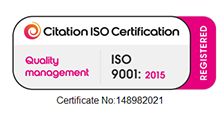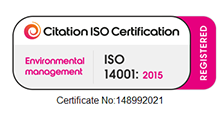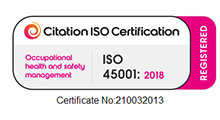A Comprehensive Guide to Carpet Cleaning
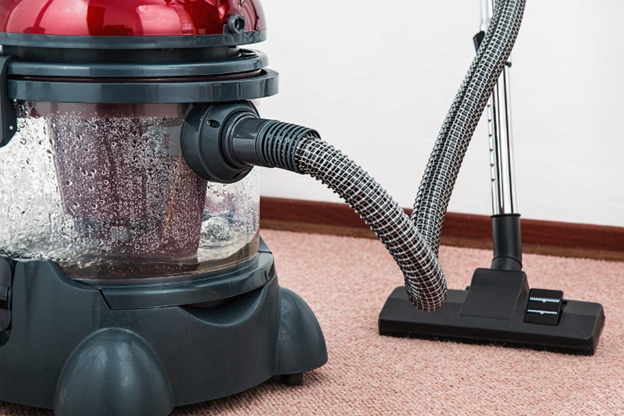
Whether at home or in workplaces, carpets take a lot of punishment from the volume of foot traffic they absorb, not to mention the stains to which they can be subjected. Unlike tiled or wooden floors, carpet stain removal is not a straightforward process, particularly for carpets in hotels, schools and healthcare facilities that are frequently hives of activity.
Carpet cleaning takes time, know-how and the best equipment, so it is not a job to be taken on lightly. Indeed, it is usually best left to a professional. This comprehensive guide to carpet cleaning touches on the different methods of cleaning a carpet, as well as how to remove specific stains.
Carpet Cleaning Methods
What is the best way to clean a carpet? It depends on the type of carpet you have, and how badly it is stained, but these carpet meaning methods are often very effective.
Steam Cleaning
Also known as hot water extraction, steam cleaning involves the heavily pressurised application of boiling hot water to the carpet. This loosens the dirt that has accumulated in the carpet as the machine sucks the dirt away. Heavily stained carpets can be steam cleaned by a cleaning solution in addition to hot water.
Steam cleaners are in high demand all the time from households and business owners who recognise this method as the most effective for carpet cleaning. Not only does it remove visible stains; it also eradicates bad odours, bacteria, and dust mites. Provided you are willing to be patient and wait for the job to be done fully, steam cleaning is a sound choice.
Carpet Shampooing
This straightforward, time-honoured technique involves applying a foamy chemical to the carpet stain and pressing it into the floor with a motorised circular brush. It is a cost-effective cleaning method, and it works well on low-pile carpets, but it is generally not advised for high-pile carpets as they could become distorted in the cleaning process.
An alternative to this method is dry foam shampooing. The primary difference here is that the shampoo liquid is firstly whipped into a foam using a generator and then it is applied to the carpet. This method uses only a very small amount of liquid in cleaning the carpet; it is mostly comprised of air, which means the carpet can dry quite rapidly and also allows for a large area to be covered. However, it might not be highly effective for heavily soiled carpets.
Encapsulation
This relatively new technique doesn’t use water for cleaning the carpet, but rather a chemical with cleaning and crystallising agents. The cleaning agent suspends the soil that has previously been agitated by a floor machine, while the crystallising agent encapsulates the soil and drives it into a crystal that is subsequently vacuumed.
Encapsulation is a popular carpet cleaning method for several reasons. The carpet will stay clean for a longer time, while large areas can be cleaned quickly, and rinsing isn’t necessitated. Also, you can rest assured that any dirt which may leave residues will be eradicated. However, it is important to note that encapsulation is not ideal for greasy carpets, and the equipment required for the job is cumbersome and expensive.
Carpet Cleaning by Type of Carpet
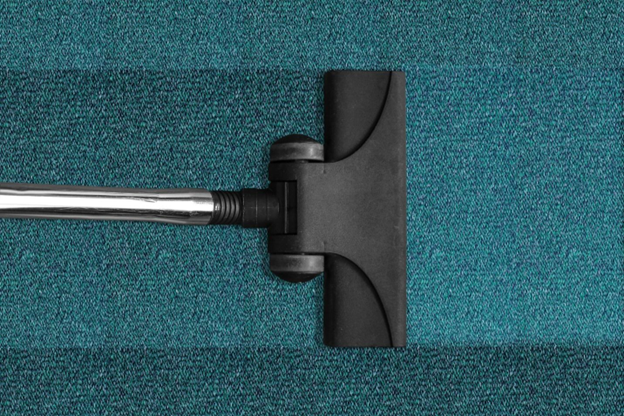
Comprehensive vacuuming is the first step in cleaning a synthetic carpet.
[Image credit: Michal Jarmoluk]
Synthetic carpets
- Pass over the carpet with a vacuum cleaner several times in different directions, using the beater brush set to pile height, and change the bag once it is 50% full, seeing as cleaning efficiency will decrease thereafter.
- Clean liquid spills by blotting the stain and misting with warm water.
- For deep cleaning, vacuum the carpet comprehensively and use a professional-standard extraction machine (a store-bought one probably won’t suffice).
- Test the cleaning solution by pouring a few drops into a saucer and leaving it to evaporate. Switch cleaners if the dried residue in the saucer remains sticky.
- Use fans or air conditioning to dry the carpet afterwards.
Wool carpets
- Pass over the carpet with a vacuum cleaner several times in different directions, ensuring not to use a rotary brush as the yarn may fuzz in this instance.
- Clean liquid spills by blotting the stain and misting with warm water.
- Do not try to deep clean wool carpets yourself. It is a tricky process as the wool fibres will absorb a lot of water, making them hard to dry, while area carpets will become heavy and difficult to manoeuvre.
Plant carpets
- Pass over the carpet with a vacuum cleaner several times in different directions. Use the beater brush, as this is the most effective for removing grit that would cause excessive wear to plant carpets.
- Blot any liquid stains as quickly as possible and use a fan or hair dryer on low heat to dry the carpet afterwards.
- Do not try to deep clean plant carpets yourself. Only dry methods are advisable, and these are best left to professional cleaners.
Carpet cleaning tips
- Alcoholic beverages: Quickly dilute the stain with cold water and absorb the excess liquid. Mix 1 teaspoon of detergent, 1 teaspoon of vinegar and 1 quart of warm water apply this solution to the spot and allow the carpet to dry. Afterwards, gently vacuum over the stain.
- Blood: Absorb as much of the blood as you can. Mix 1 teaspoon of detergent, 1 teaspoon of vinegar and 1 quart of warm water. Apply the solution to the stain and leave it to dry. Apply dry-cleaning fluid subsequently. Vacuum the stain gently once the carpet has dried.
- Butter: Scrape up as much of the butter as you can. Apply dry-cleaning fluid and allow the carpet to dry. If this doesn’t remove the stain, repeat the procedure until the stain has vanished. Gently vacuum over the stain afterwards.
- Candle wax: Press an ice cube against the wax stain. This will cause the wax to harden and allow you to pull it off with ease.
- Chewing gum: Press an ice cube against the gum stain. Once it has hardened, the gum can be pulled off easily.
- Chocolate: Immediately scrape the chocolate from the carpet. Mix 1 teaspoon of detergent, 1 teaspoon of vinegar and 1 quart of warm water. Apply the solution to the stain and rinse well. Vacuum the stain gently afterwards.
- Coffee: Blot the stain immediately and mix 1 teaspoon of detergent, 1 teaspoon of vinegar and 1 quart of warm water. Apply the solution to the stain and allow it to dry. Apply dry-cleaning fluid subsequently. Vacuum the stain gently once the carpet has dried.
- Crayon: Scrape away excess crayon or remove it by blotting the stain and pressing it with a warm iron until the melted crayon is absorbed. Move the blotter frequently so that it doesn't get oversaturated. Apply dry-cleaning fluid and allow the carpet to dry. Vacuum the stain gently once the carpet has dried.
- Fruit: Act quickly, as fruit stains can set permanently if not given urgent attention. Scrape up spilt fruit and absorb fruit juice. Mix 1 teaspoon of detergent, 1 teaspoon of vinegar and 1-quart warm water. Apply the solution to the stain and leave the carpet to dry. If this hasn’t removed the stain, repeat the procedure until the stain has vanished. Vacuum the stain gently afterwards.
- Gravy: Wipe up as much of the spilt gravy as possible. Mix 1 teaspoon of detergent, 1 teaspoon of vinegar and 1 quart of warm water. Apply the solution to the stain and leave the carpet to dry. Apply dry-cleaning fluid and again leave the carpet to dry. Vacuum over the stain afterwards.
- Mud/dirt: Allow the mud to dry completely and then brush or scrape off as much as possible. Mix 1 teaspoon of detergent, 1 teaspoon of vinegar and 1 quart of warm water. Apply the solution to the stain and leave the carpet to dry. If this doesn’t remove the stain, apply dry-cleaning fluid, and blot the stain. Vacuum the stain gently after it has dried completely.
- Salad dressing: Absorb as much salad dressing as you can. Mix 1 teaspoon of detergent, 1 teaspoon of vinegar and 1 quart of warm water. Apply the solution to the stain and allow the carpet to dry. If this doesn’t remove the stain, repeat the procedure until the stain has vanished. Vacuum the stain gently afterwards.
- Soft drinks: Blot stains from spilt drinks quickly so that they don’t set into the carpet permanently. Mix 1 teaspoon of detergent, 1 teaspoon of vinegar and 1 quart of warm water. Apply the solution to the stain and leave the carpet to dry. If this doesn’t remove the stain, repeat the procedure until the stain has vanished. Vacuum the stain gently afterwards.
- Urine: Mix 1 teaspoon of detergent, 1 teaspoon of vinegar and 1 quart of warm water. Apply the solution to the stain and leave the carpet to dry. If this doesn’t remove the stain, repeat the procedure until the stain has vanished. Vacuum the stain gently afterwards.
- Vinegar: Dilute the stain immediately with baking soda and water/club soda. Apply a solution of ammonia (1 part) and water (10 parts). Rinse the stain with cold water, allow it to dry and then vacuum the stain gently.
- Vomit: Vomit stains require instant action. Blot up as much of the stain as possible and dilute immediately with baking soda and water/club soda. Apply a solution of ammonia (1 part) and water (10 parts). Rinse the stain with cold water, allow it to dry and then vacuum the stain gently.
- Wine: When red wine is spilt on your carpet, dilute it with white wine, then clean the spot with cold water and cover with table salt. Wait 10 minutes, then vacuum up the salt.
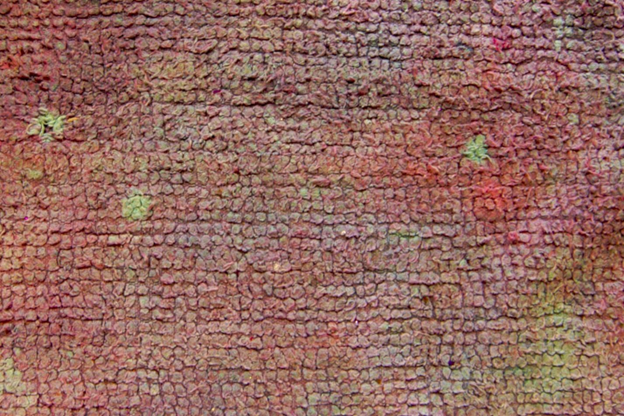
Stains like this highlight the value of keeping your carpet clean.
[Image credit: Abby Lanes]
How to keep your carpets clean on a regular basis
- Treat your carpets with a vacuum cleaner twice a week, possibly more regularly for carpets experiencing a high volume of foot traffic.
- Clean any stains as soon as they happen so that they won’t become ingrained in the carpet.
- Take off your shoes as soon as you enter your home, so as not to push dirt, dust, or other stains into the carpet.
- If you don’t want to walk around your home barefoot or in your socks, buy a pair of shoes purely for indoor use.
- Use mats and rugs for high traffic zones such as entrances and the areas immediately in front of chairs and couches.
We're committed to your privacy. Find out more.





